
War against terorrism [2001-RRRR]

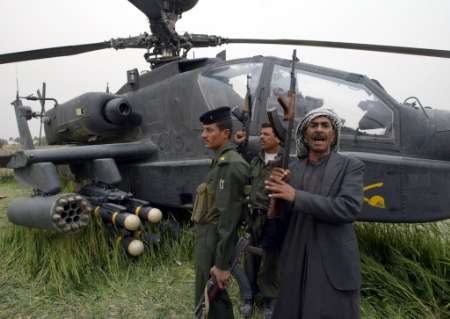
AH-64D Longbow Apache
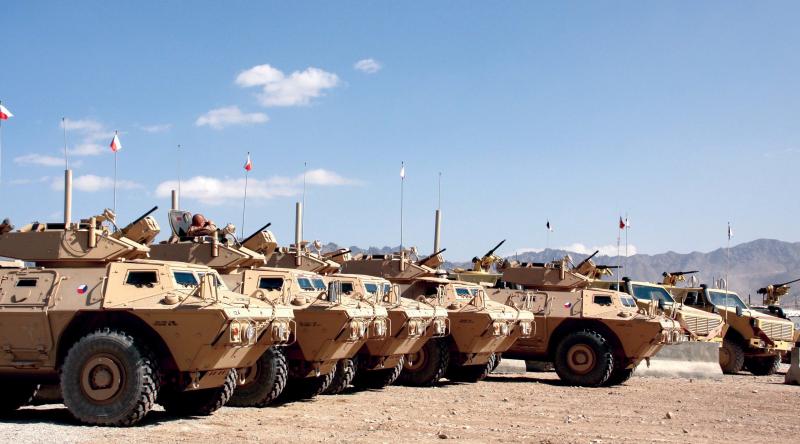
ASV 150 - Robust and undemanding
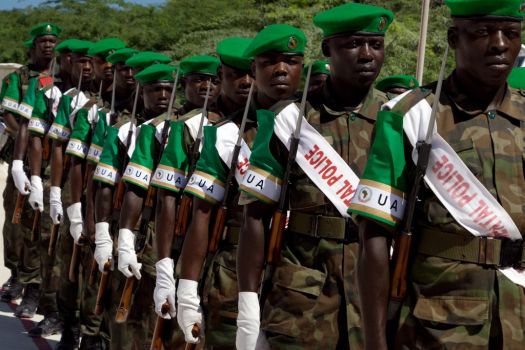
Development of events in Somalia
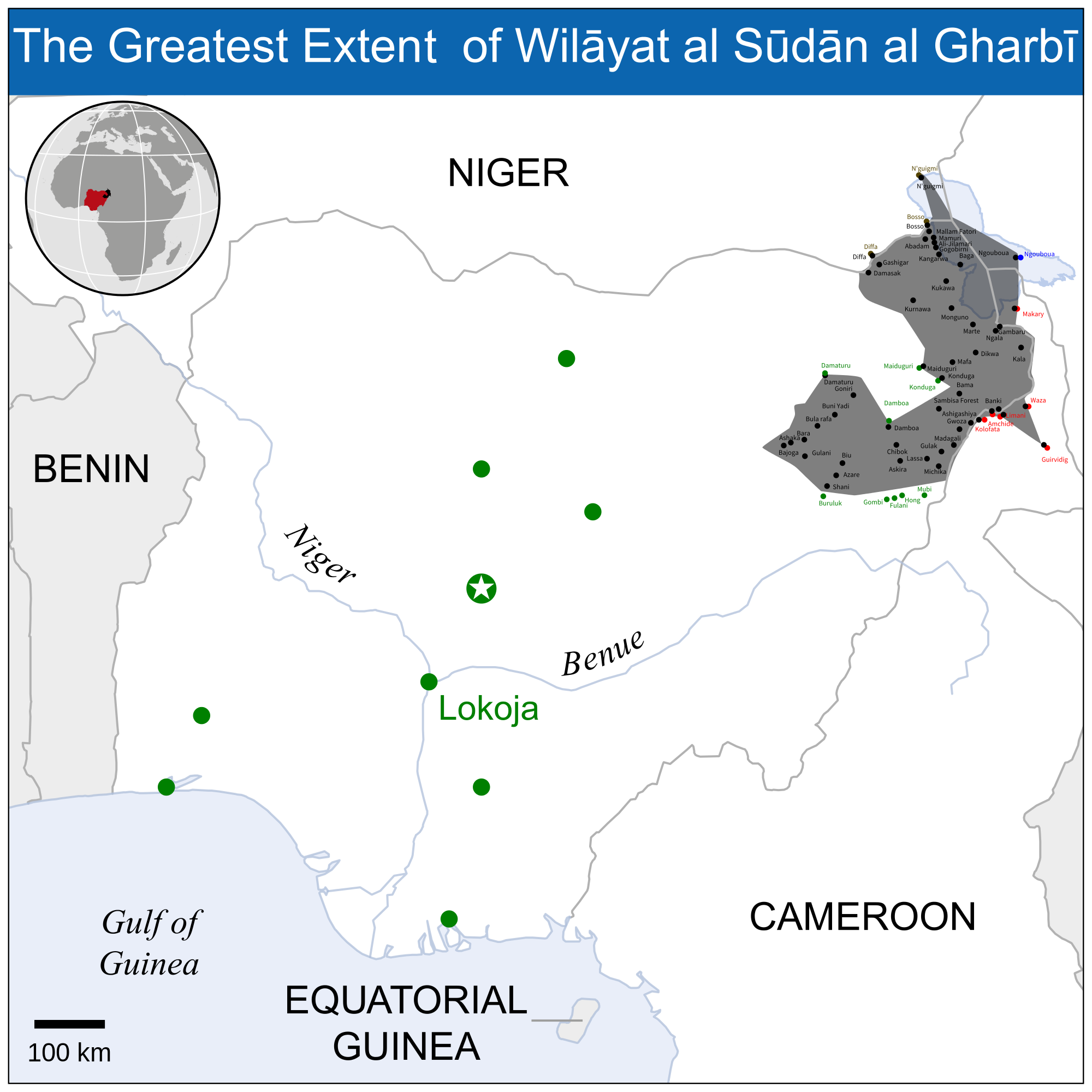
Fight against Boko Haram in 2015

International terrorism and all kinds of issues
On September 12, 2001, almost everyone seemed to know everything. The catastrophe that has just passed becomes the parent of instant certainties, beliefs about one's own truths.
But the questions remain - is the trend towards a global caliphate, according to the ideas and ambitions of the most forged Islamists, or is there still an optimistic belief in the ideal of Western liberal democracy?

Kenya versus al-Shabaab
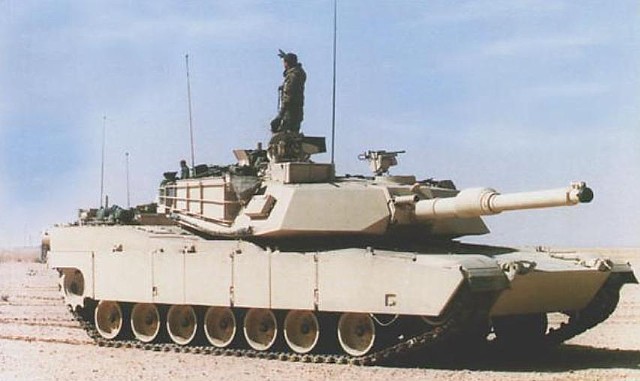
M1A1 - M1A2 Abrams (2) - New generation

Strange circumstances of the birth of al-Qaeda

Terrorism

Terrorism - AFRICA
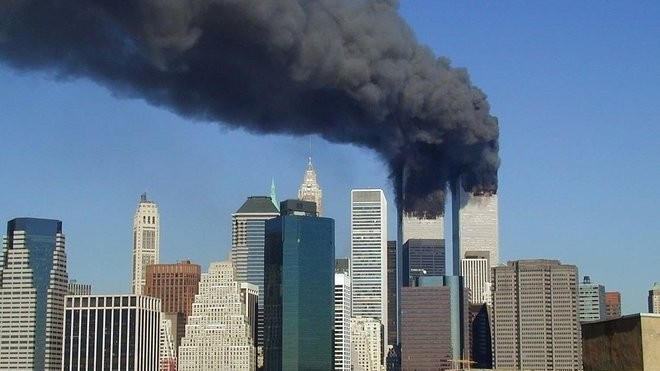
The terrorist attack on the USA 9/11/2001
On 11.9. In 2001, an event took place that affected almost the entire world and, although we do not realize it, it spoke to the lives of many of us. There were suicide airstrikes on US targets in live television. The aim of this article is not only to recall the course of events, which most of us remember in outline, but mainly to show not so notorious connections.

Training strategies of Islamist terrorists

USA: A simple solution to deal with terrorism

Welcome impact of one novelty - UAV (Unmanned Aerial Vehicle)

Battles
Join us
We believe that there are people with different interests and experiences who could contribute their knowledge and ideas. If you love military history and have experience in historical research, writing articles, editing text, moderating, creating images, graphics or videos, or simply have a desire to contribute to our unique system, you can join us and help us create content that will be interesting and beneficial to other readers.
Find out more